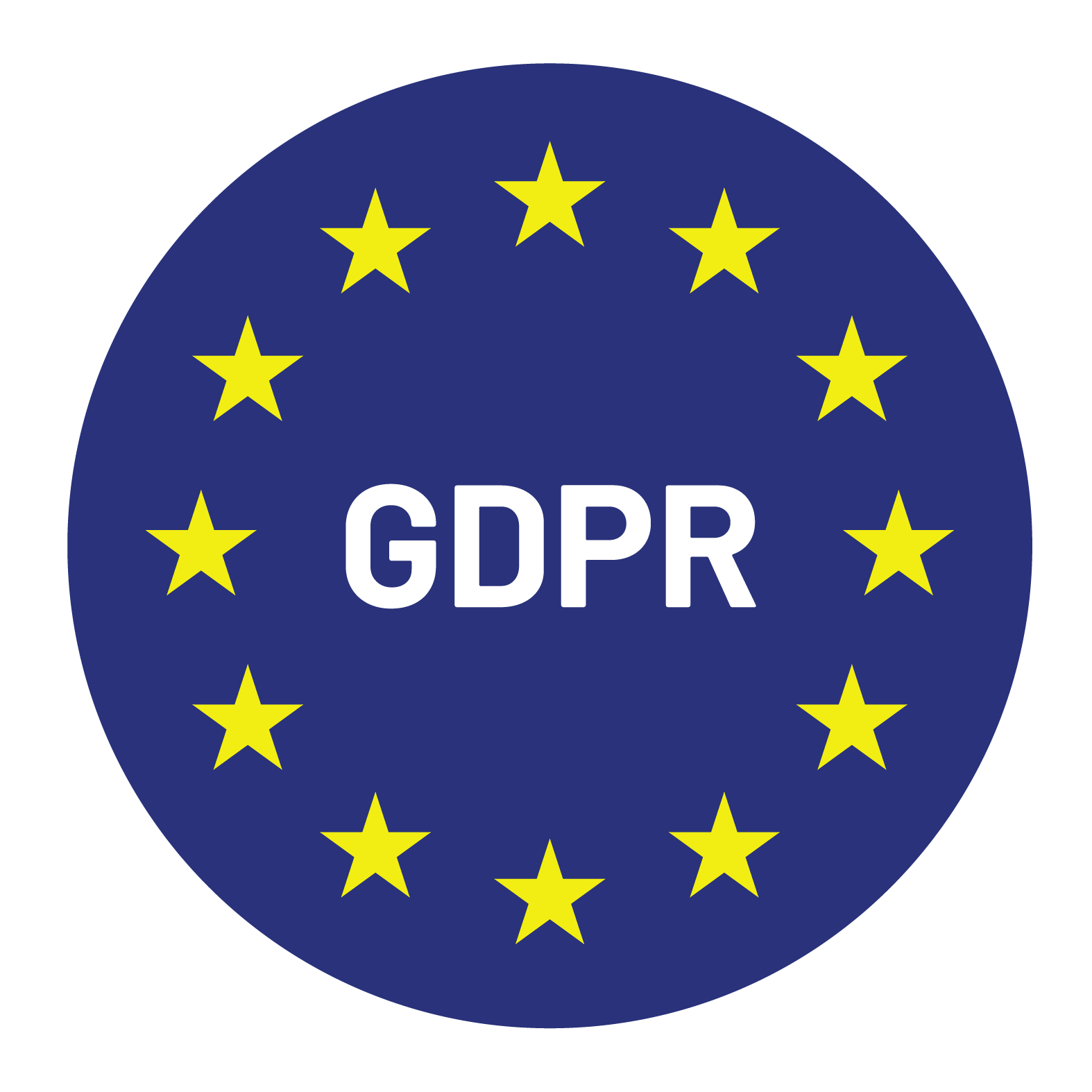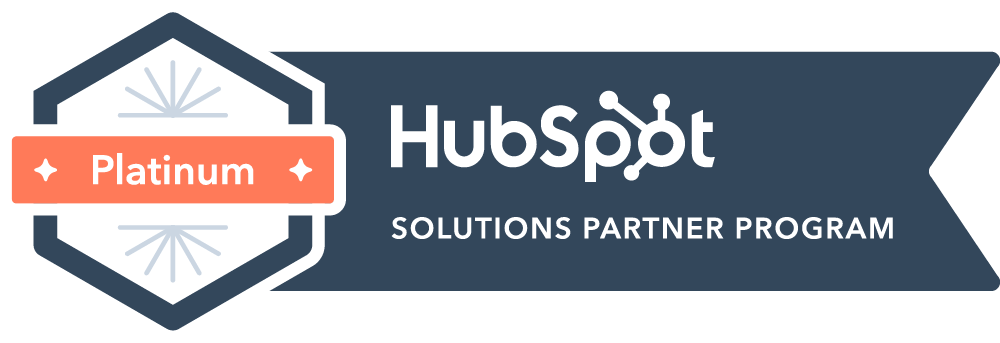

Content Writer for Whistle with multidisciplinary experience spanning over a decade.
When you hire an outbound lead generation agency, the ultimate goal isn’t just a packed pipeline. It’s predictable revenue growth. But how do you know if your agency is truly delivering beyond vanity metrics like “leads booked” or “emails sent”?
That’s where success metrics come in. By tracking the right indicators, you’ll see the full picture: quality of leads, conversion health, and long-term ROI.
Why it matters: Not all meetings are created equal. Measuring the ratio of qualified meetings (those that match your ICP and have buying intent) versus total meetings helps you avoid wasting sales resources.
Your sales team’s time is precious. When agencies focus solely on booking volume, your reps end up in conversations that lead nowhere. A qualified meeting should check three essential boxes: the prospect matches your ideal customer profile, demonstrates genuine buying intent, and has decision-making authority or influence.
The difference between quantity and quality becomes clear when you track conversion rates. Unqualified meetings might fill your calendar, but they drain sales energy and create false pipeline optimism. Quality-focused agencies implement robust qualification frameworks during initial outreach, asking discovery questions and verifying budget availability before scheduling.
What to track:
Benchmark: A strong agency should deliver 70%+ qualified meetings consistently.
Why it matters: CPQL shows how much you’re spending to acquire leads that actually matter, not just names in a database. This metric helps assess ROI on outbound campaigns.
While cost per lead sounds straightforward, the “qualified” part makes all the difference. This metric directly impacts your marketing ROI and budget allocation decisions. Smart agencies optimize CPQL by testing different messaging approaches, refining target audiences, and improving qualification processes.
Consider CPQL trends over time rather than individual campaign snapshots. Seasonal fluctuations, market conditions, and audience saturation can impact costs. A higher CPQL might be justified if those leads convert at significantly higher rates or generate larger deal values.
What to track:
Why it matters: Even if leads book calls, high no-show rates can sink your pipeline. A good outbound lead generation agency uses multi-channel reminders and nurturing to ensure prospects actually attend.
Even perfectly qualified leads become worthless if they don’t attend scheduled meetings. High no-show rates devastate your pipeline and waste sales team preparation time. This metric reveals how effectively your agency nurtures prospects between booking and meeting.
Professional agencies implement comprehensive reminder sequences beyond basic calendar invitations. They send personalized follow-up messages, share relevant content, and maintain engagement through multiple touchpoints. The best agencies prepare prospects by sharing agendas, case studies, or discovery questions in advance.
What to track:
Pro tip: Automate reminders via email and LinkedIn for best results.
Why it matters: The meeting itself is just step one. You need to see how many of those conversations convert into real sales opportunities. This reveals the alignment between marketing and sales handoff.
What really matters is how many conversations progress to legitimate sales opportunities. This metric reveals alignment between your marketing message, lead qualification, and actual prospect readiness. Low meeting-to-opportunity conversion often indicates misalignment between your marketing message and prospect needs.
Strong conversion rates suggest your agency understands your value proposition and effectively communicates it during initial outreach. Prospects arrive at meetings with realistic expectations and genuine interest in exploring solutions.
What to track:
Why it matters: Ultimately, you care about pipeline impact, not vanity metrics. Calculating total pipeline value from lead generation campaigns shows if your agency is moving the revenue needle.
Pipeline value connects lead generation activities directly to business outcomes. This metric shows whether your agency justifies marketing spend and delivers meaningful revenue impact. Quality agencies focus on attracting prospects with substantial budgets and significant pain points.
Monitor pipeline value distribution to ensure you’re not overly dependent on one or two large opportunities. Healthy pipeline generation creates consistent value across multiple prospect segments and deal sizes.
What to track:
Why it matters: If your agency is booking meetings with unqualified leads, your sales cycle drags. Tracking how outbound-sourced deals compare to inbound deals helps gauge lead quality and readiness to buy.
Comparing outbound-sourced deals to inbound deals reveals lead quality and buyer readiness differences between acquisition channels. Significantly longer outbound cycles might indicate qualification issues or misaligned prospect targeting.
Well-qualified outbound prospects often move through sales processes faster than inbound leads because they’ve been pre-educated about your solutions and verified as good fits. Professional agencies use this advantage to accelerate pipeline velocity.
What to track:
Why it matters: Integrated campaigns often involve multiple channels: cold email, LinkedIn, and calls. Multi-touch attribution helps identify which channel or sequence drives the most conversions so you can optimize spend.
Understanding the complete prospect journey reveals how different touchpoints contribute to conversion success. Many prospects require exposure across multiple channels before engaging. Your LinkedIn message might create initial awareness, while a follow-up email provides specific information needed to book a meeting.
Advanced agencies use attribution data to refine their multi-channel approach continuously. They identify optimal touchpoint numbers, timing between contacts, and message progression that maximizes response rates.
What to track:
Why it matters: This is the big one. How much closed revenue can be directly attributed to outbound campaigns? This single metric is often what executives care about most.
This ultimate success metric determines whether executives view outbound as a worthwhile investment or an unnecessary expense. Strong outbound revenue contribution validates your agency partnership and supports continued investment in lead generation activities.
Consider both the immediate revenue impact and pipeline influence when calculating outbound contribution. Some prospects might convert through inbound channels after initial outbound exposure, making attribution complex but important for accurate measurement.
What to track:
Focusing on these eight metrics creates clarity. Instead of obsessing over open rates or dials made, you’ll track what truly matters: qualified pipeline and revenue impact.
These metrics work together to paint a complete picture of outbound performance. High-quality meetings lead to better conversion rates, which generate valuable pipeline opportunities that close faster and contribute meaningful revenue. Each metric reinforces the others in a successful outbound motion.
If you’re evaluating an outbound lead generation agency, ask them how they report on these KPIs. A good partner will give you transparency and proactively optimize campaigns to improve them.
At Whistle, we specialize in integrated outbound sales development. We help B2B companies turn outreach into predictable revenue. Book a strategy call to see how we can build your outbound motion.


© Copyright – Whistle 2023